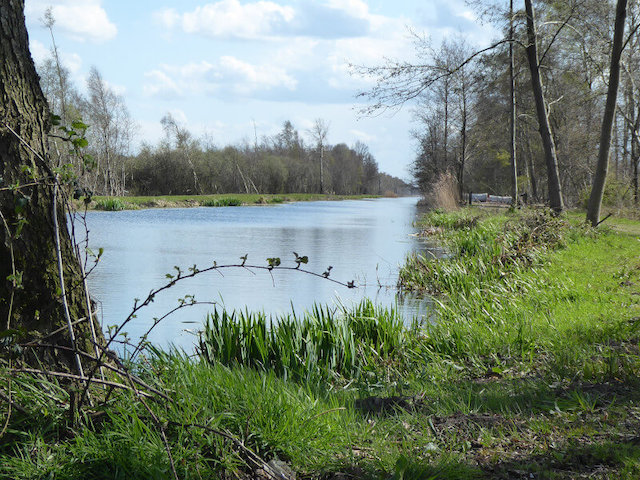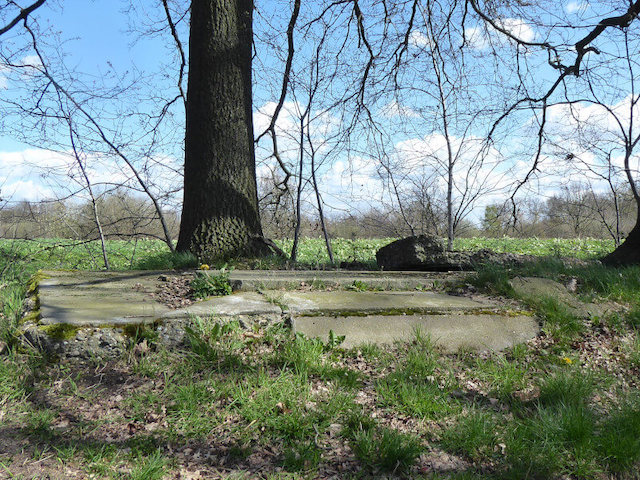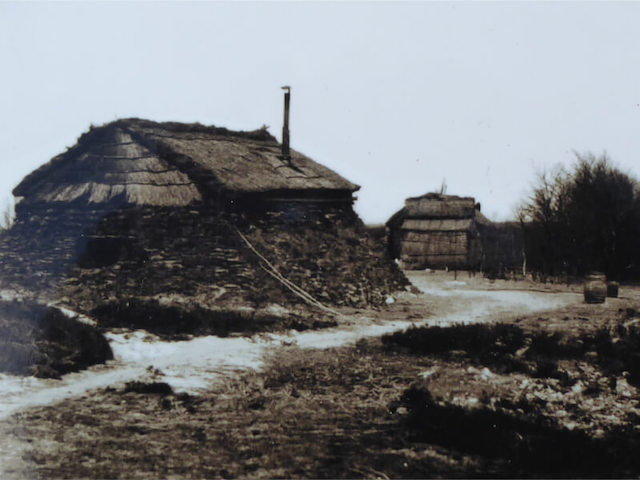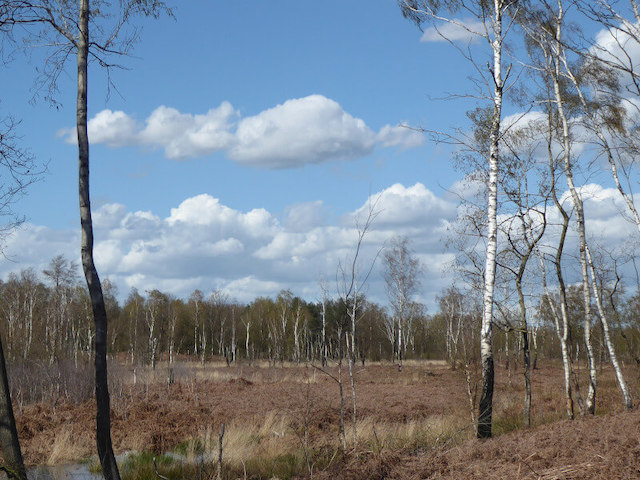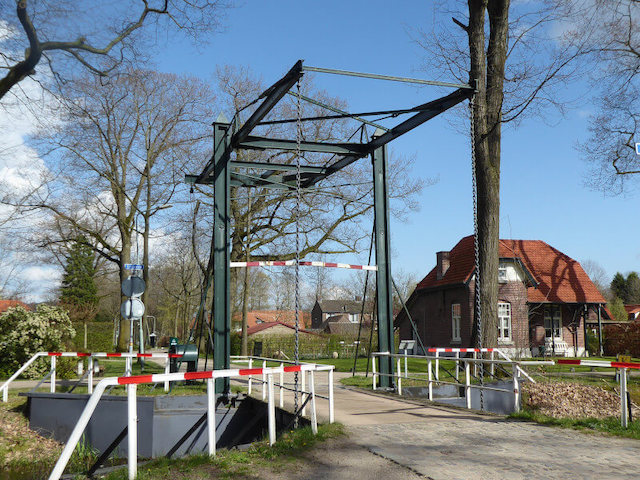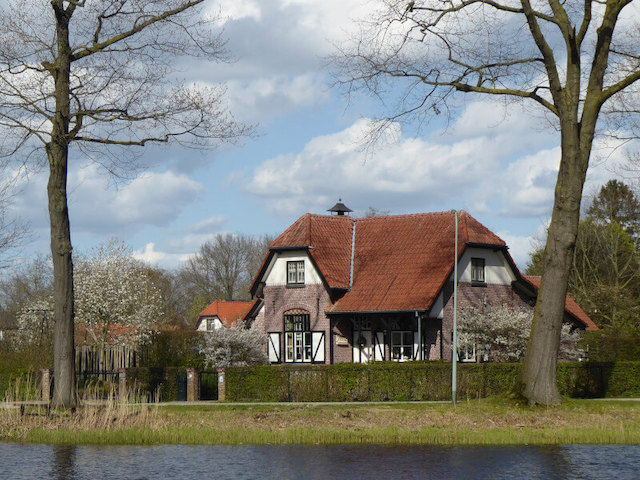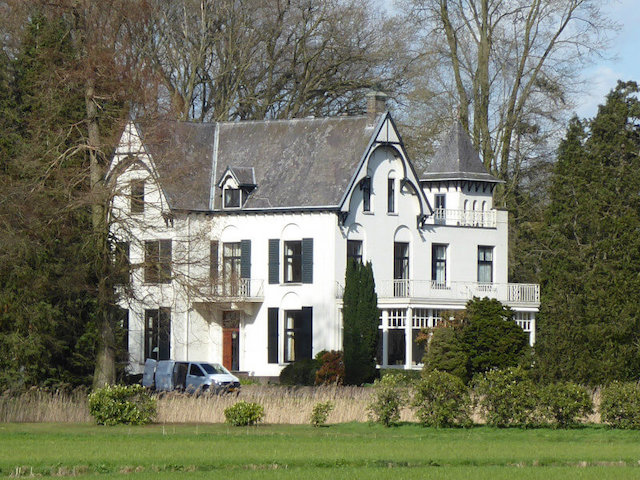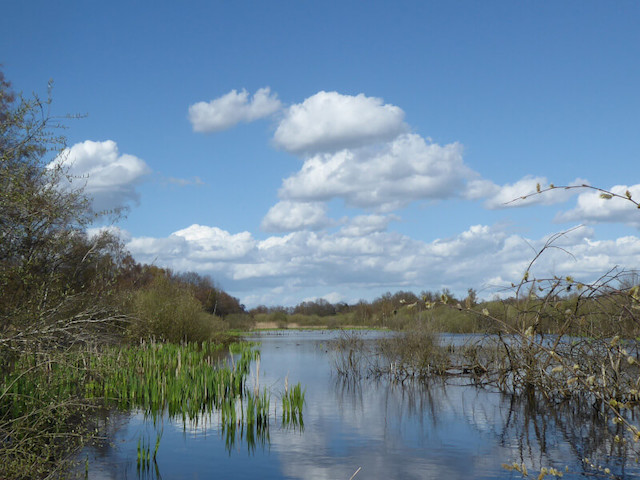
Walking tour through the Deurnsche Peel and the small peel village of Griendtsveen. The Mussenkeet, also written as the Muschenkeet, was a shack that consisted of peat, planks, rushes and other cheap building materials. The name was probably a corruption of 'de Musch's shack' every peat cutter knew the place. Such shacks usually served as temporary accommodation for seasonal workers.
Distance: 12 km.
Time: 3h00.
Grade: Moderate.
Type: Circular.
Gps Track: Yes.
Route description: Yes.
Wheelchair: Not suitable.
Dog: Allowed.
Height gain: No information.
Trail: 77% unpaved.
Marking: See PDF route description.
Hiking shoes recommended.
Advertisement.
The Deurnsche Peel.
In Griendtsveen you imagine yourself back in time of peat extraction. The village was founded around 1885 by the Van der Griendt family, responsible for peat extraction around Griendtsveen. While walking you will pass drawbridges, dead straight peel channels and characteristic buildings such as the Holy St. Barbare Church, the apostle houses and Villa Sphagnum. The apostle houses are detached houses that were made available to the staff members of the peat extraction company of the Van der Griendt family. In the eyes of the peat workers, the staff members were 'followers' of the Van der Griendt family, which is also where the name Apostle House comes from. Beyond the place where the Mussenkeet once stood, part of the newly constructed Mussenkeetpad is followed by the Deurnsche Peel. After a visit to Griendtsveen, the hike returns to the peel area. Between the Helenavaart and the Deurne Canal, the Nonnenpad is followed, a narrow path over a quay with beautiful vistas at various places. The Deurnsche Peel is part of the Natura 2000 area under the name Deurnsche Peel & Mariapeel.
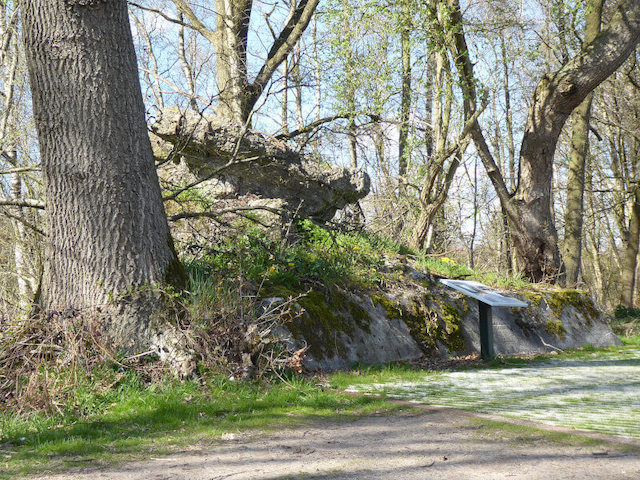
Download PDF for route description.



